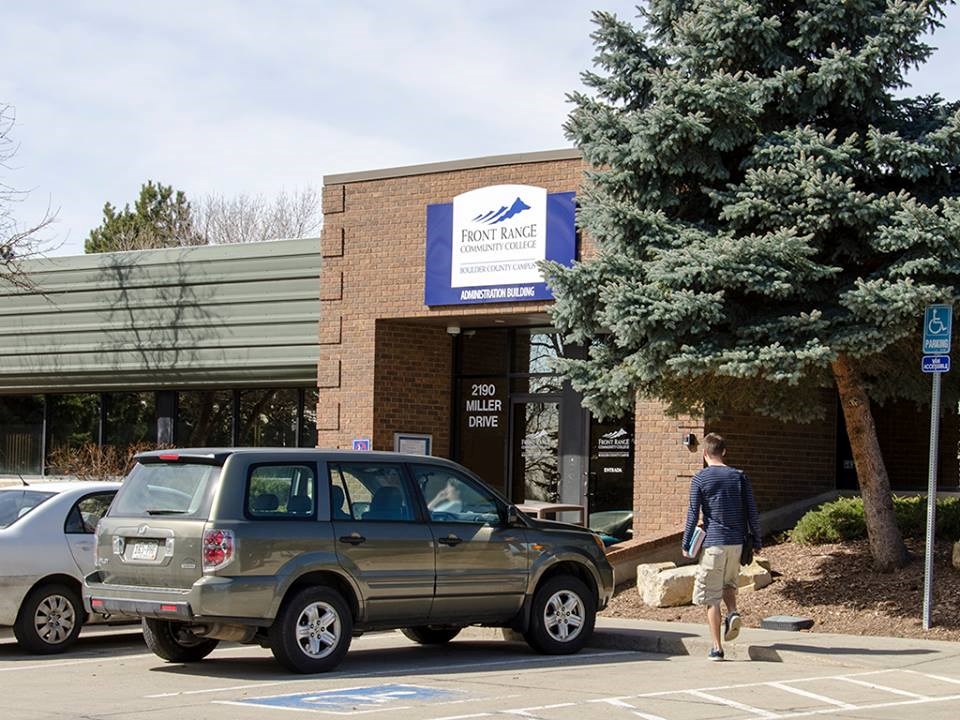In just 15 years, Front Range Community College has gone from less than five percent of students identifying as Hispanic to nearly a quarter.
Now, the community college is working to officially become a designated Hispanic Serving Institution, or HSI. Co-chairs of the newly formed HSI task force w, FRCC Vice President Tricia Johnson and FRCC Dean of Student Affairs Chico Garcia, said they are first focusing on how the college can better support Hispanic and Latino students.
“What does it mean for us culturally as an institution, how we truly serve our students to meet their needs culturally, to support them in ways that are meaningful and in an authentic way?” Johnson said.
A Hispanic Serving Institution is a federal designation that applies to colleges and universities made up of at least 25% Latino students. A school that crosses that threshold can apply for official status as a recognized Hispanic Serving Institution, which brings in significant grant opportunities for student retention.
The college expects to be eligible for the designation as soon as 2023 or 2024. However, Front Range and its task force made up of more than 50 people are not waiting for that in order to better serve students in this demographic.
“We’re really just focused on the work,” Garcia said. “So regardless of if it happens in a year or two years or three years or five years, we can start doing this work on what it means to be serving and that is the focus.”
Colorado has one of the largest disparities in degree attainment between Latino and white adults, according to the Bell Policy Center. With just 20% of Latinos ages 25-64 having earned an associate’s or bachelor’s degree compared to 55% of white adults, Colorado has the largest equity disparity in the country.
At Front Range Community College, despite a number of programs already working to support marginalized students, there is still a 6% gap in graduation rates between Latino and white students. Latino graduates at local high schools are also less likely to ever start college.
“There are still barriers, there are still systemic practices that are keeping students from either coming to Front Range or completing at Front Range,” Garcia said. “We just want to make sure any student that comes to Front Range and, in this work specifically, Latinx students feel like it’s a place that they belong and a place that they’re comfortable and confident and can be themselves.”
Front Range has made significant strides in bringing more students to the community college. While regional demographic shifts have likely contributed to the large increase in Latino students over the past decade or so, Johnson also cited the college’s intentional work toward diversity, equity and inclusion.
“We exist as a community college to serve our community and to invest in our community,” Johnson said. “And our community is diverse and representative of so many cultures. If we do not dig into that work, then we’re not doing our jobs and truly serving our community.”
The HSI task force will examine ways that Front Range supports, communicates with and contributes to Latino students. Focusing on these students and creating equity is key, Garcia explained.
“Unless we’re super intentional about doing the work, then it’s not going to happen in the ways that we need it to,” he said.
Along with closing the equity gap in higher education, improving and strengthening education offered to Latino students can help improve outcomes for all students. The grants available to Hispanic Serving Institutions can be used to serve all students as long as the school is working to create equitable outcomes.
“While there is a focus, we believe everyone at the institution will be bettered by us focusing in this space,” Garcia said.


